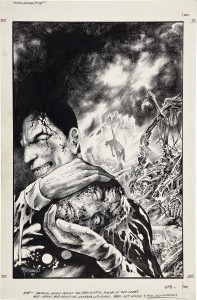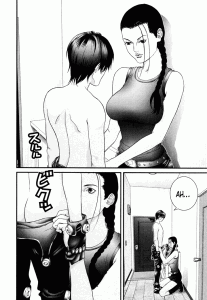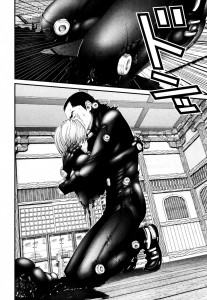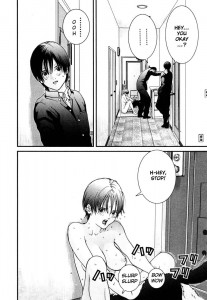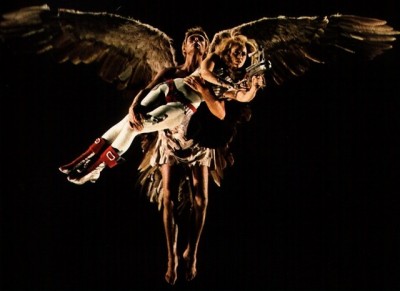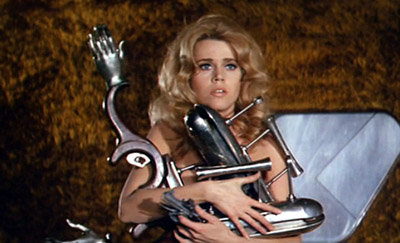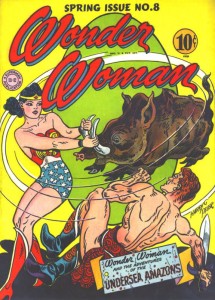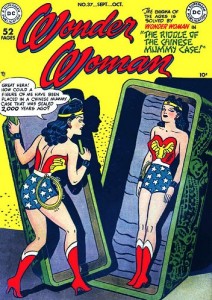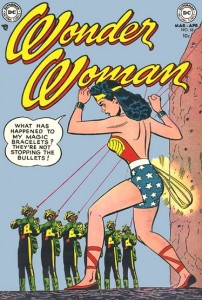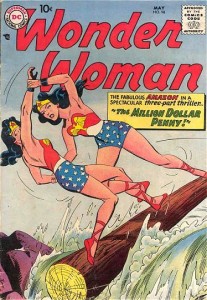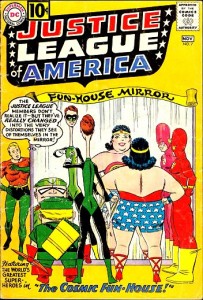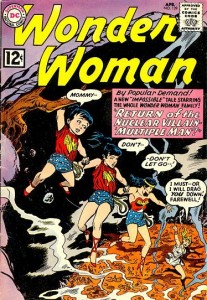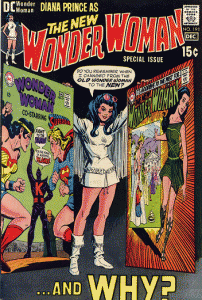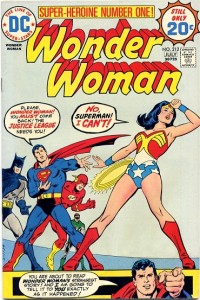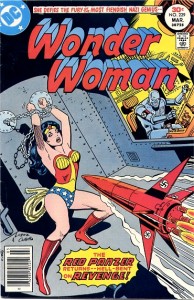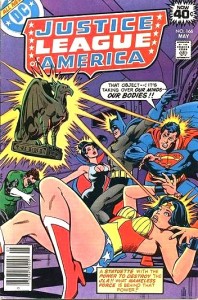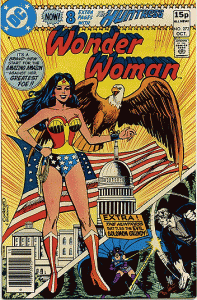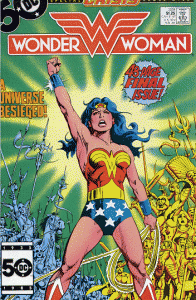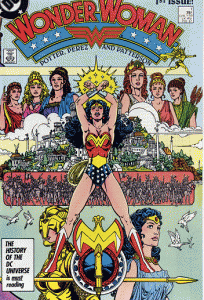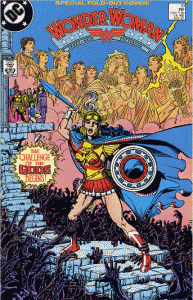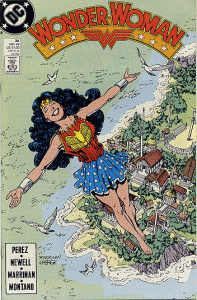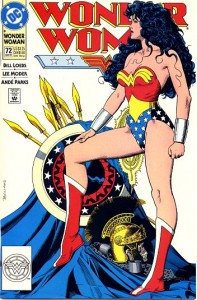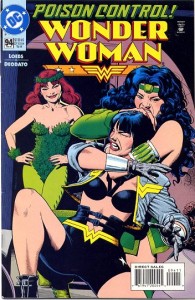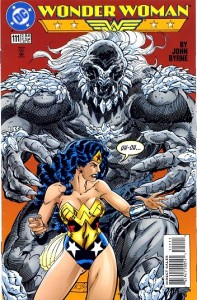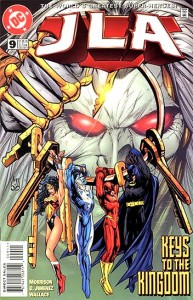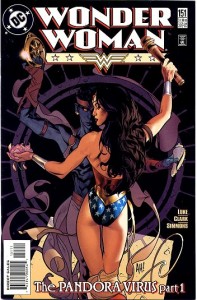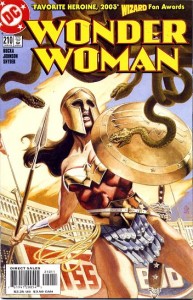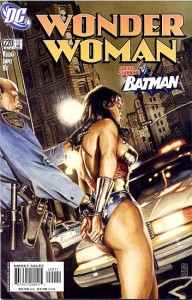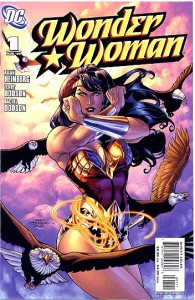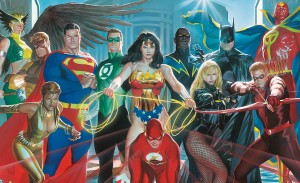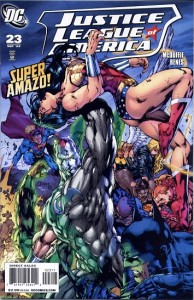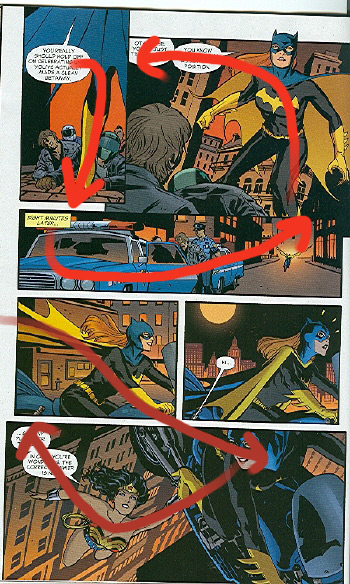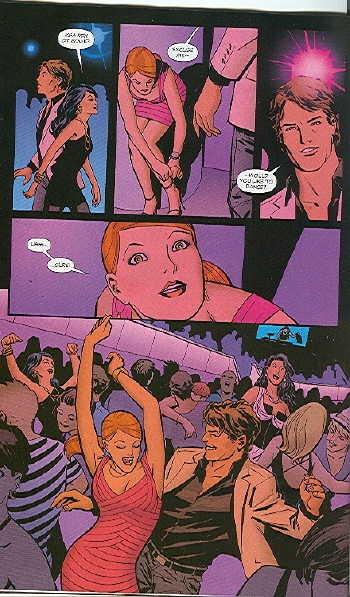Racines (roots) by Pierre Duba
Sometimes I mumble an inner “Wow!”… It happens when I stumble upon a book that I find great. It’s quite possible too that, upon rereading, months or years later, I also say to myself: “How could I like this stuff so much?!”
The thing is that we need the right mood, the right brain wave connection to the work in order to truly like it. That, needless to say, is highly subjective and unconveyable. If our past selves can’t agree with our present selves, how can we (the journalist critics and reviewers) agree with people (the readers) whom we have never met?
There’s only one answer for that rhetorical question: the critics are always preaching to the already converted. Critics explain, analyse, synthesize, extrapolate, digress, etc… These are intellectual operations that have nothing whatsoever to do with love. Critics dissect and people (them included, I suppose, even if opinion is divided on the subject) enjoy living, breathing things, not corpses, as it were…
That being said criticism may also be very enjoyable. Conversely to the proof at hand (namely, this foreign’s poor attempt at writing in English) it can be very well written. It can also give the readers some food for thought after their consumers’ experience. (I don’t really like the word “consumer,” but it was too awkward to write: reader/viewer/listener… etc… you get the picture…)
In fact, the critic begins by simply enjoying the work, I suppose… What twisted mind picks up the scalpel after love? That’s what we do folks, but don’t be too harsh passing judgment on the judges: we do it because we are a curious lot (we are like children opening up their favorite toy); plus, we may unbury hidden treasures: discover highly ingenious mechanisms, work with the artist to reflect on the human condition, etc…
The title of this monthly column is too ambitious? Am I expecting to stumble on a comics masterpiece every month? Not really, true greatness (even if perceived in a subjective way) is rare. I will write about some “Hmmms…” instead of some “Wows!” most of the time, I guess… (I will also use the title to excuse myself: what do you expect? I’m stumbling here!)
For my first column I chose an author that I feel, since my TCJ’s messboard days, I’ve unwarrantedly neglected: UK born, French comics artist Pierre Duba. Here’s what I said in my blog’s first post:
It was February 24, 2004, 08:27 AM, on the Comics Journal Messboard. I’m not sure if this was the first time that I listed these comics there (probably not), but that’s what I did in that particular occasion. If I remember correctly (unfortunately I didn’t write a crib sheet at the time) I did previously post what I now call “my canon” because I was fed up with the accusation of not liking comics at all because I found children’s comics (and I do like Carl Barks’ oeuvre) somewhat wanting (melodrama and manichaeism in particular bother me plenty).”
A list followed, but I vaguely remember saying something like: I could add a couple more names and, then, I cited Pierre Duba.
Duba’s last book is titled Racines (6 pieds sous terre, 2010), but instead of trying an interpretation I will follow Susan Sontag’s advice and I will try what I say above is impossible to do (“unconveyable”). As Sontag advices in Against Interpretation I’ll try an erotics of art instead of a hermeneutics.

To truly experience the above page we need it to be just that: the original paper page (material aspects are the basis for a sensuous experience). Here, on a screen, it lacks the glossiness of the paper (and it is glossy) . Even touch and smell are an important part of the process (I wonder if the internet and ebooks are going to establish the same relation with books as repros in art books established with real paintings and sculptures: it all comes down to a reduction of experience, substitutions of the real things by simulacra). This page is very appealing because it achieves the feeling which psychoanalyst Marion Milner called a close relationship with objects. It does that using three devices: 1) the black gutters (I miss Chester Brown’s stories, but I also miss his black, large, gutters) which “compress” space and unite as much, if not more, as they divide; 2) the panels lack a clear distinction between background and foreground giving us a closeness with whatever is represented (blood, methinks); 3) moduled forms that tend to be viewed as texture (en masse) rather than as individual shapes. The visual rhythm is also very appealing: we’re going along with the hypnotic movement marvelously and smoothly flowing from panel to panel. The colors’ muted contrast is also an important part of the whole effect.

In this page a certain creepiness appears (Racines is a bit creepy, to tell you the truth). The hands morph into the roots of the title. We’re still close, and I don’t need to repeat what I said above, but closeness isn’t always a good feeling.
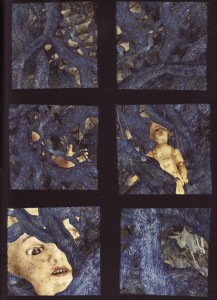
This page is here because of the black and blue contrast. The foreground has holes that let us see a few steps, the doll, and a rabbit. (What’s the deal with Pierre Duba and rabbits, anyway?). But I’m falling into interpretation again. I told you that this was an impossible task…
Pierre Duba’s pages function better as double-page spreads, as you can see here.
Duba explains himself.
Pierre Duba’s site.

